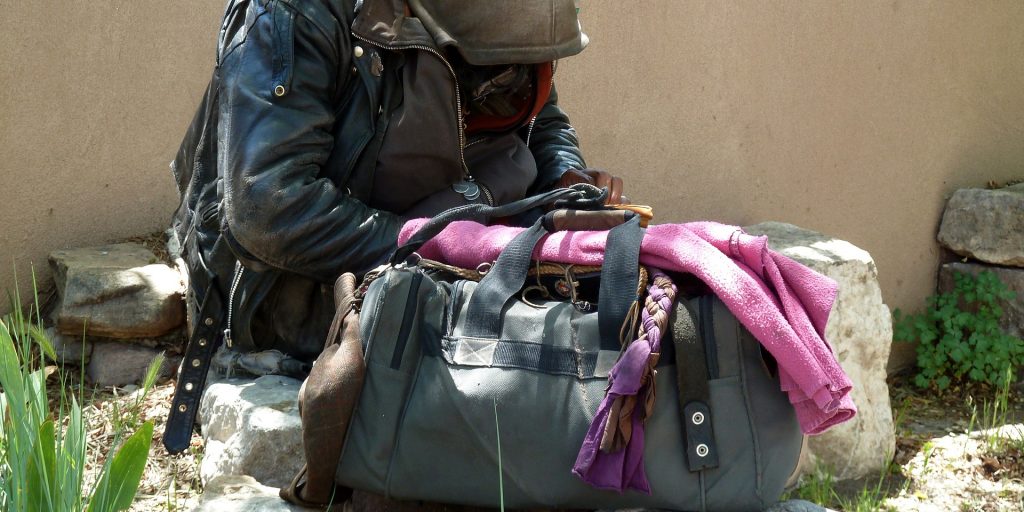Homelessness holding steady as White House announces roadmap to reduce rate by a quarter
On a single night this past January, the U.S. Department of Housing and Urban Development counted 582,462 people living in homelessness. The number, while high, could have been significantly high.
“COVID-19 and its economic impacts could have led to significant increases in homelessness, however investments, partnerships and government agency outreach resulted in only a .3% increase in the number of people experiencing homelessness from 2020 to 2022,” reads a statement issued by the federal housing agency about the latest report on homelessness in the United States, the “2022 Annual Homeless Assessment Report.” The agency takes a count of the number of people living without a home during one day each year.
But while, overall, the latest count documented a stagnation in homelessness overall during a difficult few years—it’s a little more nuanced than that. Populations were impacted differently—in some, it went up, while it decreased among others.
Among veterans, for example, it dropped by 11%, contributing to a 55% decrease since 2010. It also declined among children and families by 6%, and among unaccompanied youth it went down by 12%. On the other hand, homelessness went up “significantly” among single people, those with disabilities and people living in unsheltered situations.
“Data shows that homelessness remains a national crisis, but it also shows that the historic investments this Administration has made to address this issue, can work,” said Marcia L. Fudge, secretary of the U.S. Department of Housing and Urban Development.“The Biden-Harris Administration is working to significantly reduce homelessness across the country and combat the racial and ethnic disparities resulting from systemic racism.”
The housing agency’s report highlights that those who identify as Black, African American or African, and indigenous people, continue to be overrepresented among those who are homeless.
Keeping the national eviction moratorium in place until last August, assistance from the American Rescue Plan and the expanded Child Tax Credit are cited by the White House as influential measures that helped stabilize homelessness during the worst of the pandemic.
In conjunction with the data release, the White House published a new strategy, All In: The Federal Strategic Plan to Prevent and End Homelessness, that includes a “bold but achievable goal” to reduce homelessness by a quarter by 2025, according to a brief from the White House.
The plan is designed as a blueprint that local governments can model for their own homeless reduction goals by 2025. It’s built around a “housing first” model, which puts stable housing as the first step to a better lifestyle, and serves as the platform for providing services. The plan also acts as a foundation for future federal homelessness initiatives, including one announced Monday that’s aimed at reducing unsheltered homelessness in “a cohort of geographically diverse communities,” the White House brief says.
Broadly, the initiative is intended to be “a roadmap for not only getting people into housing but also ensuring that they have access to the support, services, and income that allow them to thrive,” said President Joe Biden in a statement. “It is a plan that is grounded in the best evidence and aims to improve equity and strengthen collaboration at all levels.”




















